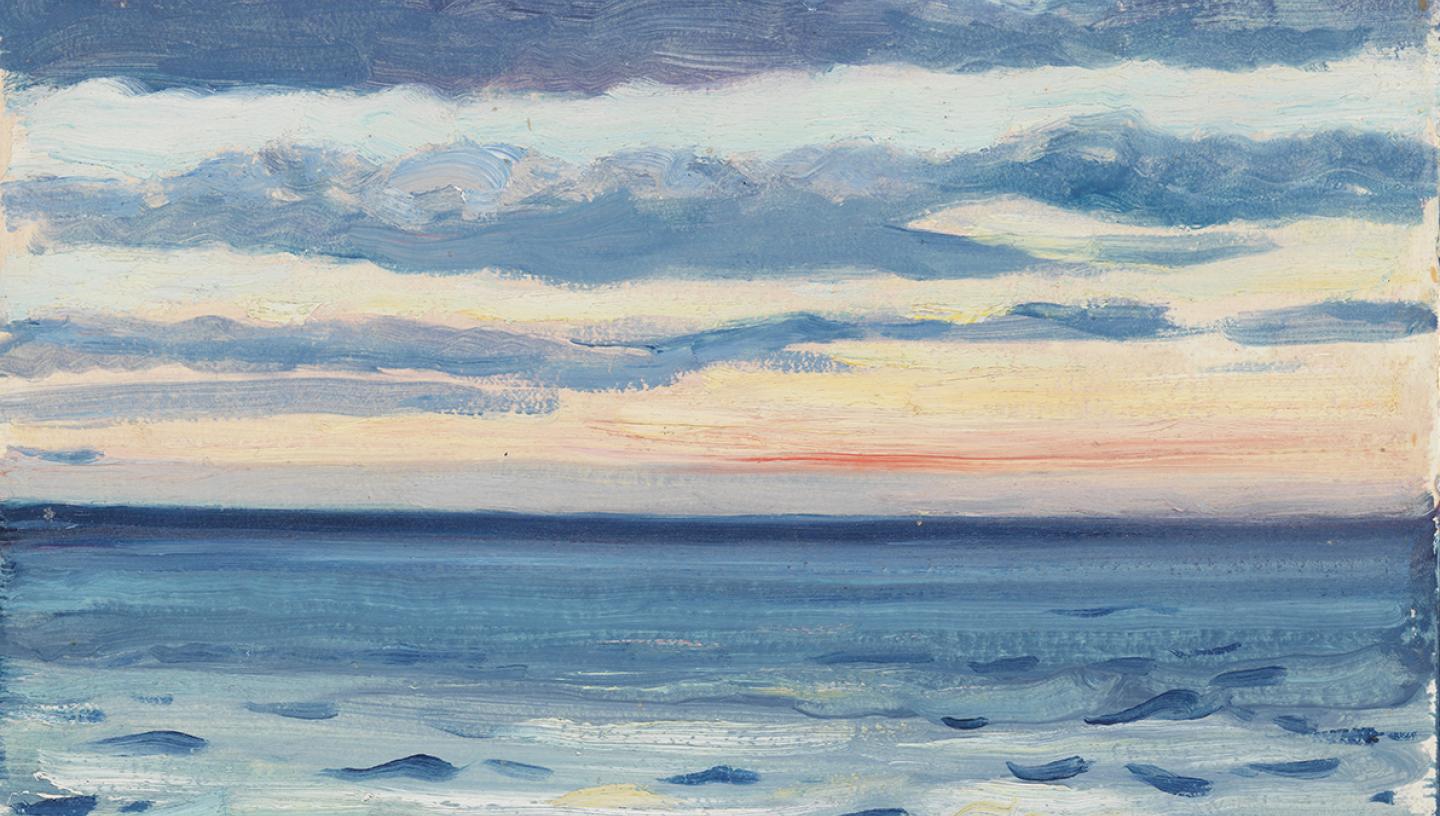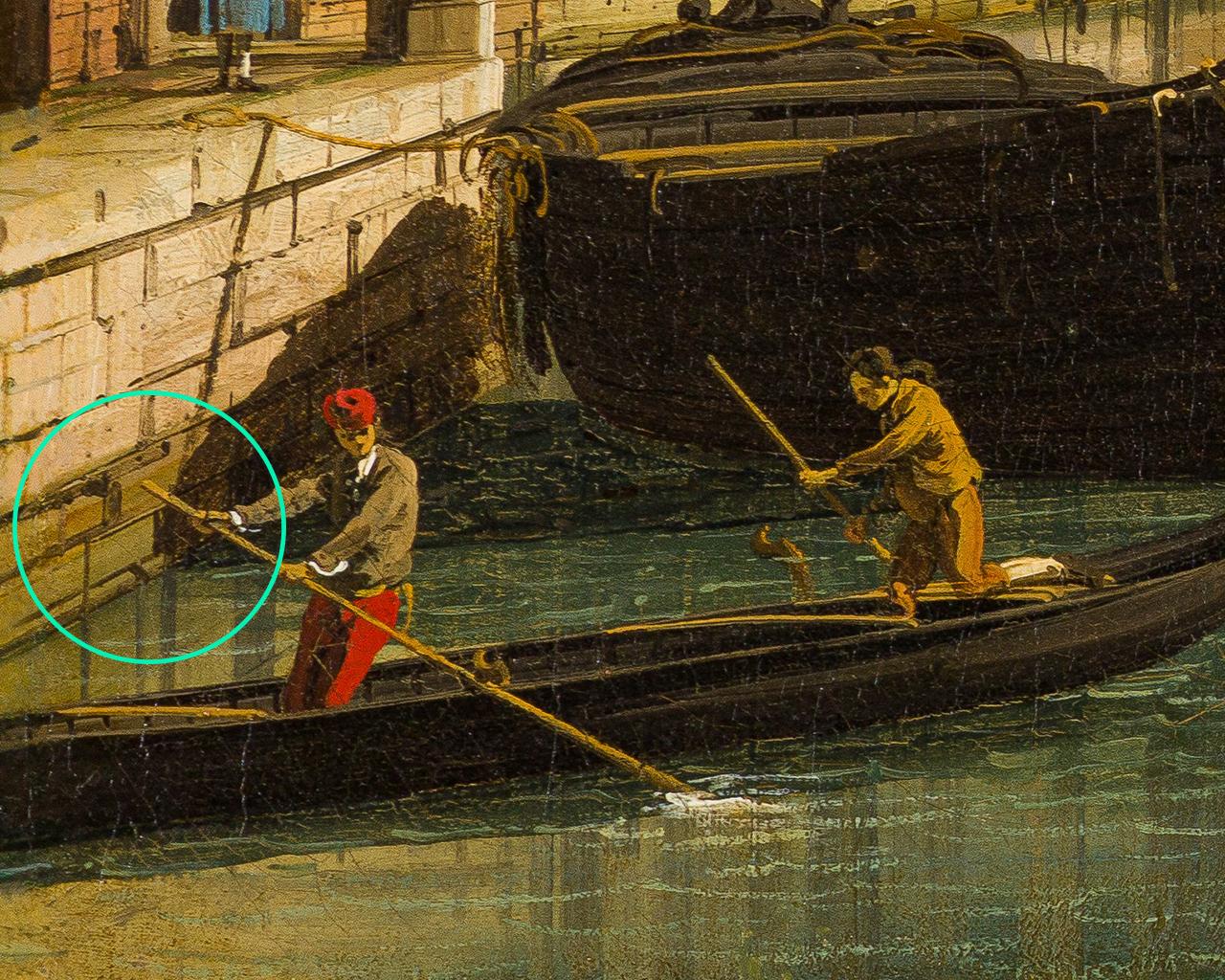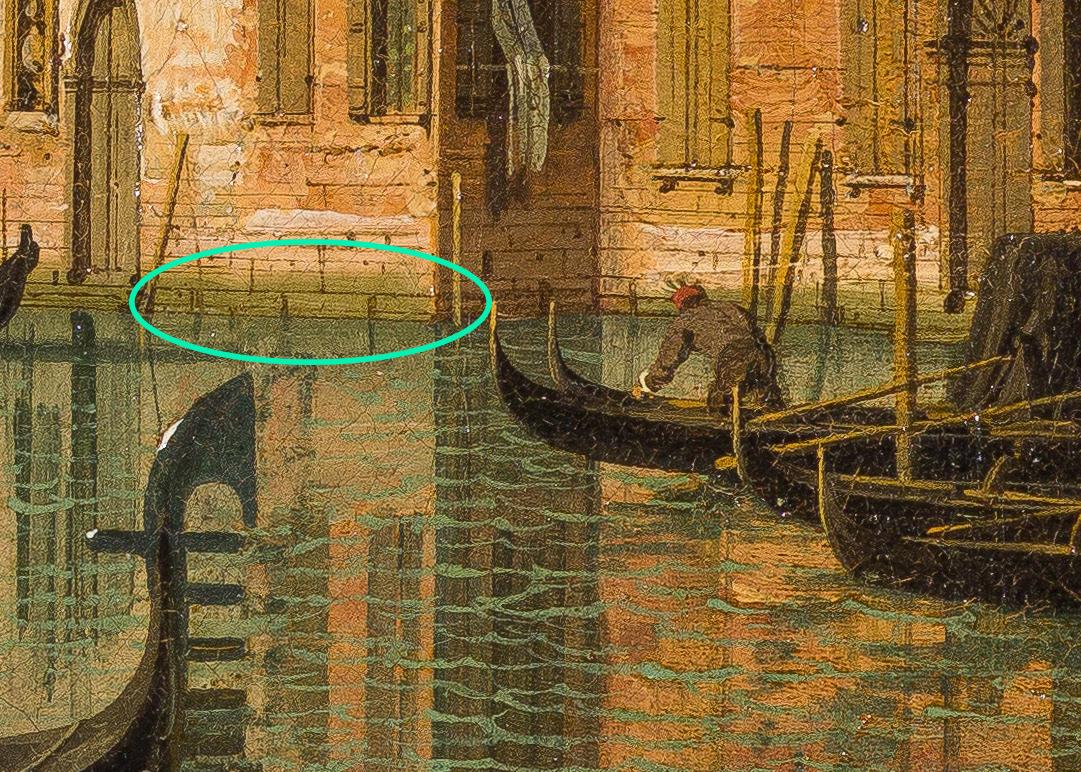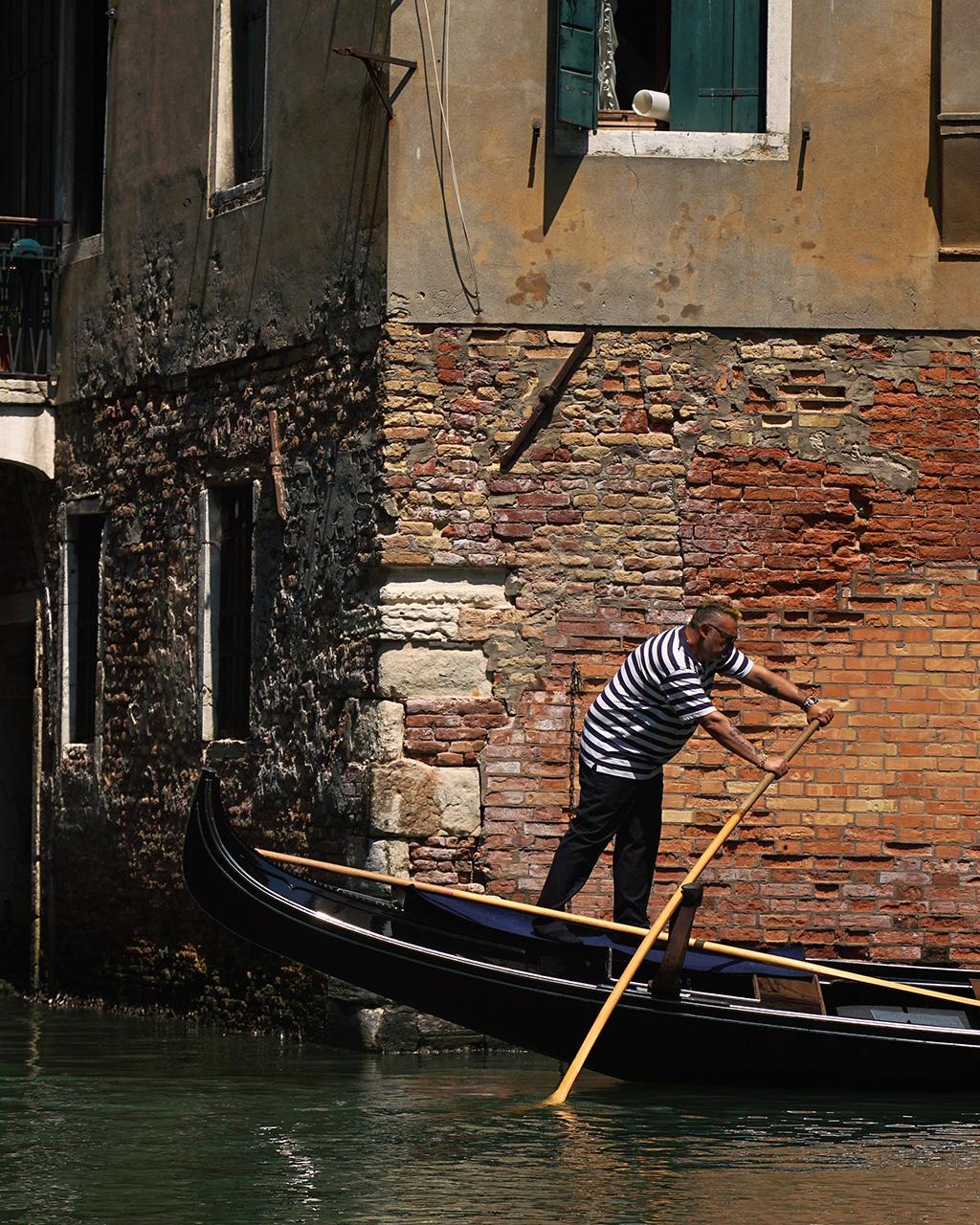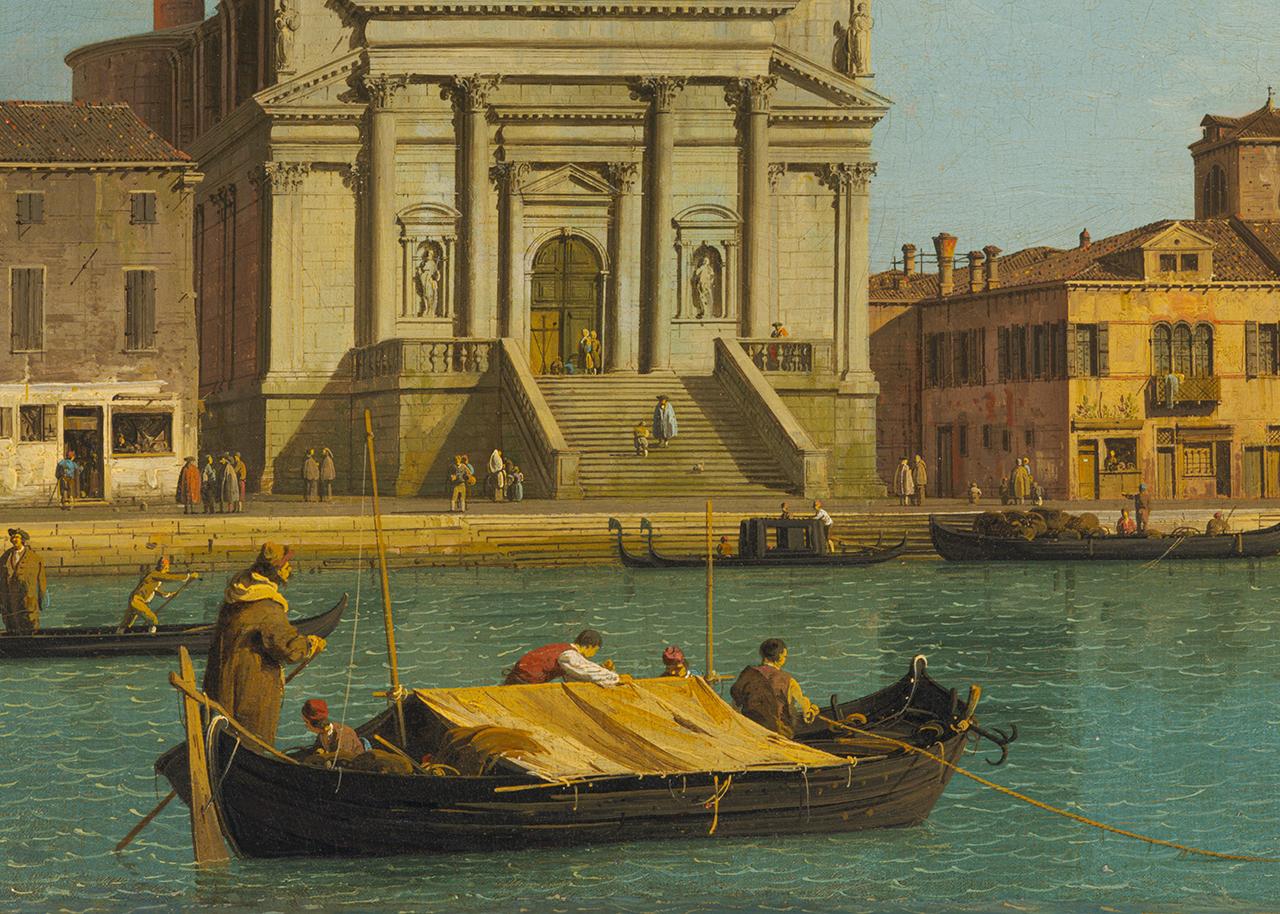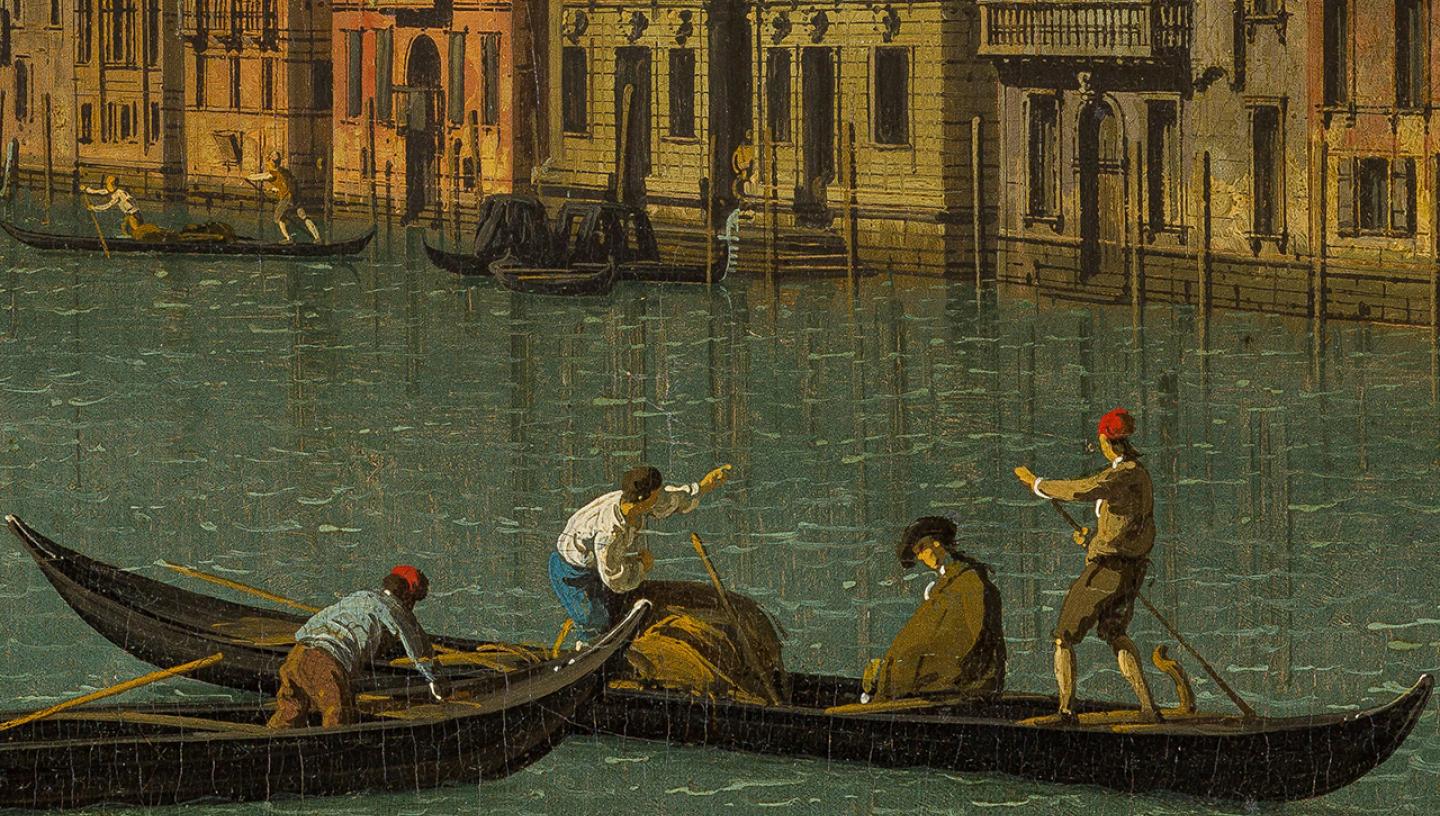
For 150 years, tide gauges have recorded the sea level around the city of Venice.
These careful, consistent measurements help Venetians understand the risk of flooding in their city, and are also used by scientists to predict how fast sea levels may rise in the future.
The problem is, this data only goes back to 1872. What if we want to travel further back in time, and find out how rising sea levels have affected this historic city?
One climate scientist turned to a surprising source: paintings.
“At high school I studied art and, of course, the work of Canaletto,” explains Dario Camuffo, researcher at the Institute of Atmospheric Science and Climate in Padua. “I learned how the artist used a camera obscura to create highly accurate views of Venice.”
A camera obscura is a precursor to a modern photographic camera. An image is projected into a darkened room or box via a tiny hole, allowing artists to trace the outline of a scene before painting the final work.
Canaletto’s use of the camera obscura, Camuffo suggests, helped the artist produce his highly accurate views of the city.
“Many years later I remembered this and thought, ‘If Canaletto made these precise paintings using a camera obscura, perhaps I could see the view he saw three centuries ago?’”
And if he could see it, Camuffo reasoned, he could measure it.
Camuffo began to measure the water level in paintings by Canaletto, and compare these measurements with the same locations in Venice today. If he could gather enough examples, it might be possible to take our knowledge of sea level rise in Venice much further back than the tide gauge measurements of 1872.
However, there were challenges. Were Canaletto’s views of Venice still the same today? Did his works really produce a scientifically reliable representation of the city? And, perhaps most basic of all, how could Camuffo tell whether the paintings showed Venice at low or high tide?
“The key point was to find something in the paintings that was independent from the tides,” he says. “What might be representative of the average sea level? The answer was algae.”
Look closely at the paintings of Canaletto and you will often see a brown-green line smudging the buildings, walls and steps facing the Grand Canal. This is algae, and it marks the canal's high tide level at the time.
“Algae needs water and light for chlorophyll. So it is found in a part of a building that is constantly wettened by the water and then exposed to the sun,” Camuffo explains.
Algae is visible in many paintings of Canaletto, as well as in the work of his nephew and pupil Bernardo Bellotto. This allowed Camuffo to take multiple measurements from different artworks, then compare his findings with the levels found on the same buildings in Venice today.
“Canaletto and Bellotto were extremely precise, reproducing not only the contours of the buildings, but also all details, eg stone by stone, or small damages on the facades, pollution stains or biological infestations,” Camuffo wrote in a 2010 paper. “In this way it was possible to assess levels, heights and measure distances in a quantitative way. Steps in the staircase from the canals, wall decorations or rows of stones made possible a reasonably accurate measurement of the level reached by the sea at that time.”
Taken together, the paintings suggested that the algae level was almost 70cm higher today than it had been during the 1700s.
After subtracting the effect of higher waves caused by motorboats in the Grand Canal, Camuffo concluded that the average water level had risen by 61cm, or 1.9mm per year, since Canaletto's time. This change is due to a combination of buildings sinking and sea level rise due to climate change.
Camuffo’s research into the paintings of Canaletto and Bellotto extended knowledge of sea level rise in Venice by more than a century. It also helped to highlight the long-term threats the city faces.
“The buildings in Venice were built with waterproof basements made of white Istria stone. The floors above were built using bricks and mortar,” Camuffo says.
“Now the waterproof level is no longer high enough to withstand the high water level. The bricks become impregnated with salt from the sea water. When the air is humid, the salt draws in water. When the walls dry, the salt crystallises. This constant cycle is destroying the bricks and mortar of Venice.”
Camuffo has since explored other climate change 'clues' hidden in the art and architecture of Venice. Partnering with divers from the Venetian police force, he examined the city’s many water stairs and landing stages, working out to what extent they had been submerged in the centuries since they were first built.
“Venetians do not use cars; they use boats. Every day boats have to offload water, food, wood for burning, and so on. So the stairs to the canal are extremely important!”
Yet they were never designed to be constantly underwater: “The point was to pass easily from the boat to the building. If the steps are infested with algae, you cannot pass safely because they are too slippery.”
Art, architecture, archives and heritage – all hold records of our changing planet. And perhaps we shouldn’t be surprised that an artist like Canaletto, who studied Venice so closely, still has more to tell us about his beautiful, sinking city.
